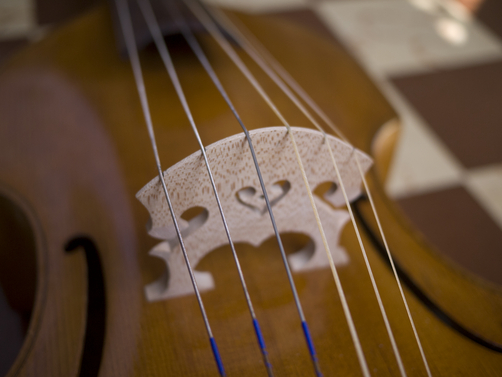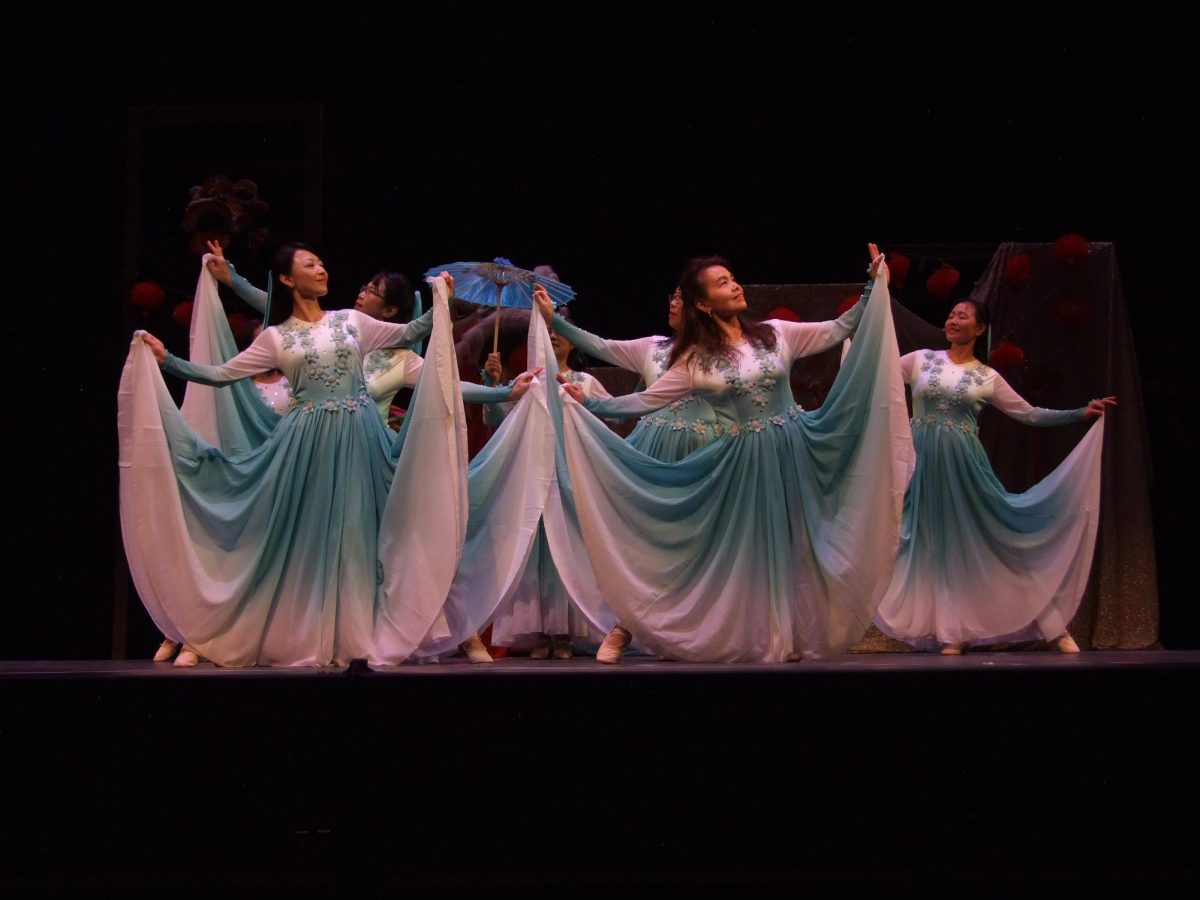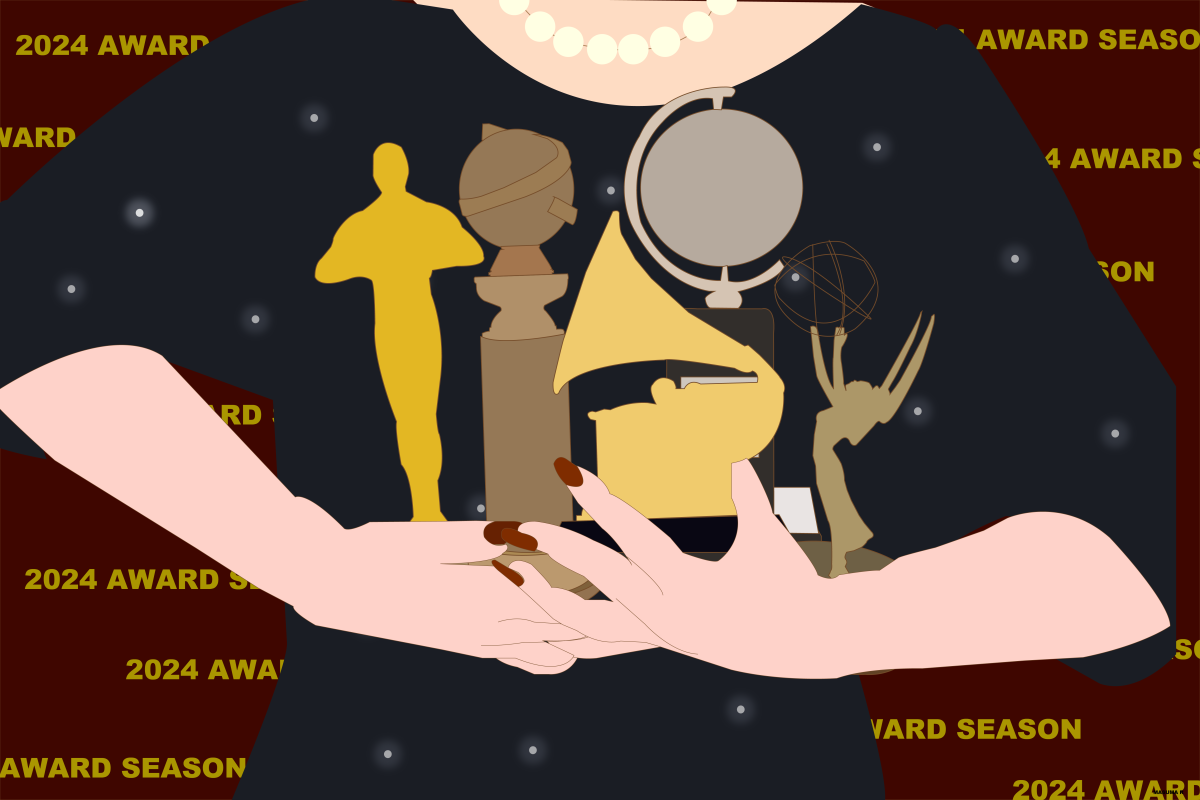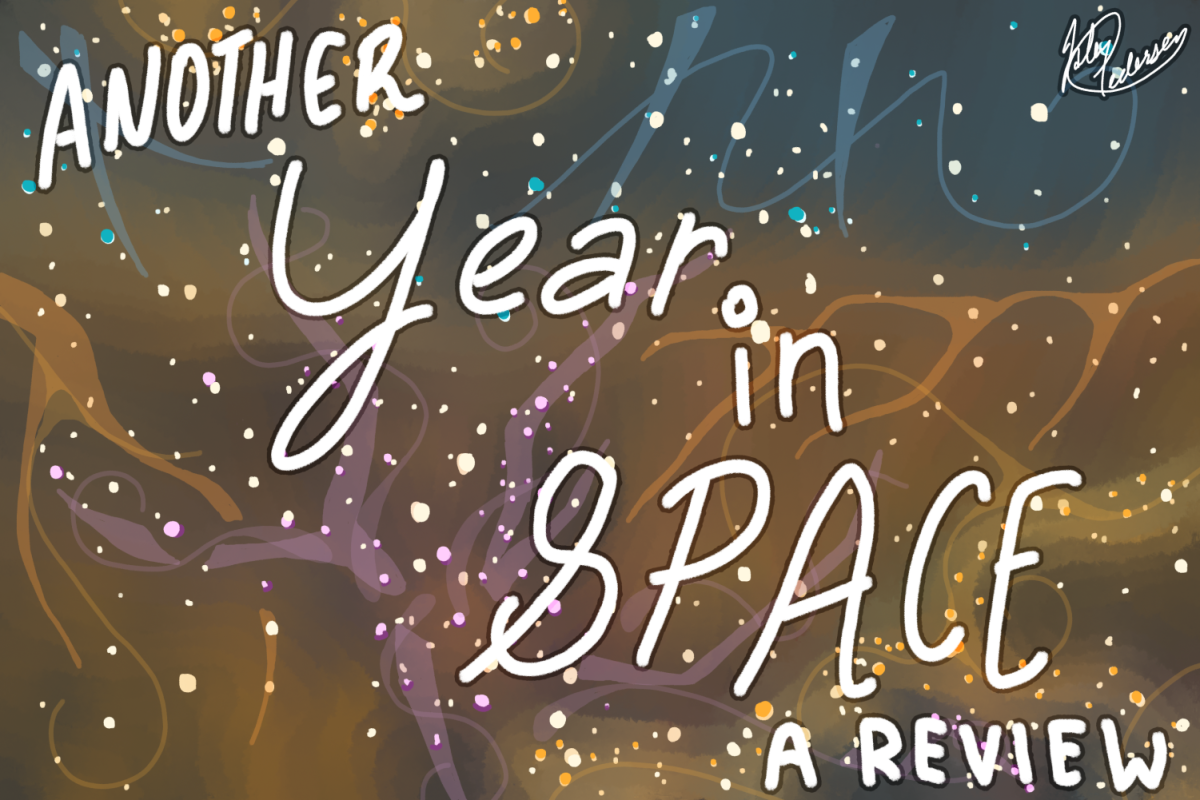Classical instruments like the piano or the violin have long been considered staples of timeless music. However, music comes in a variety of forms, with different styles to different instruments. Unusual instruments like the mandolin or the viola da gamba also provide soothing sounds to the ears. The Academy has two faculty members, Stuart Lipkowitz and Katie Harlow, who play these uncommon instruments.
Lipkowitz, an English faculty member and mandolin player, has been working to perfect his craft for more than 42 years. At age 14, he picked up and taught himself how to play the instrument after listening to music that contained a heavy dose of the mandolin. The mandolin’s small size certainly is unique, but what makes it stand out is its one-of-a-kind sound quality. “It cuts and can be heard against other loud instruments,” Lipkowitz said. “You can play it with horns, guitars, and trombones and it will still cut through and you can easily switch between lead and rhythmic accompaniment with it.” He has played professionally, and his repertoire includes American roots music, blues, jazz, and klezmer music, a type of music popular in Eastern European Yiddish culture. In addition to the mandolin, Lipkowitz plays guitar, violin, oud, saz, and various percussion instruments.
The viola da gamba was extremely popular in the 15th century and almost went extinct after the invention of the violin. But Harlow, a Performing Arts faculty member, has been playing the instrument for almost 20 years now. “I am a cello player, but I had a chance to spend time in my life with something else,” she said. “[The viola da gamba] looks like a cello, but it has six strings instead of four, and I thought it would be easier to learn, which is exactly the opposite.” However, Harlow stuck with the viola da gamba, aided by her personal philosophy of continuously adding new instruments to her arsenal. The viola da gamba is distinct because of its flat back and sloped shoulders, as opposed to the rounded shoulders present in the violin family. Harlow plays her viola da gamba in Viol consort music, a type of ensemble played with other viol players.
For anyone who wants to learn the mandolin or the viola da gamba, Lipkowitz and Harlow are open to helping anyone who wants venture into an unusual side of music.








